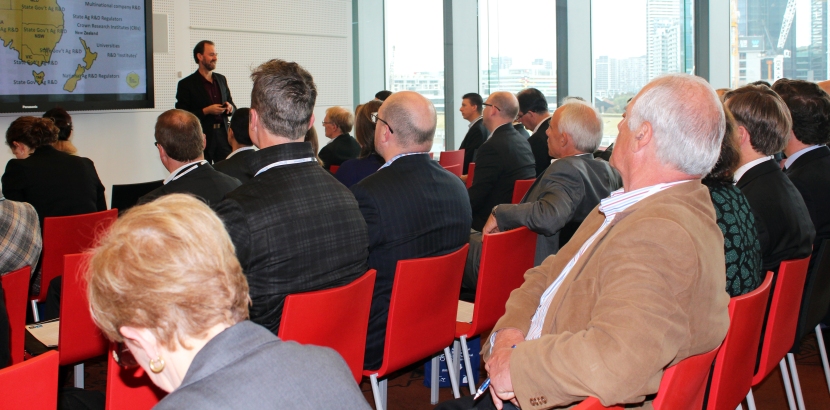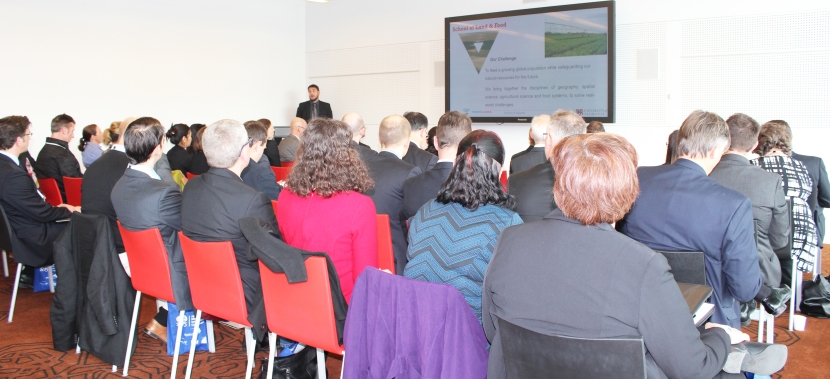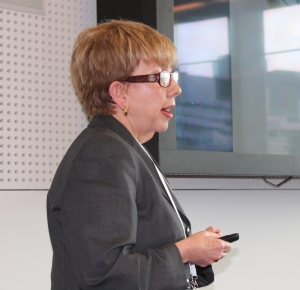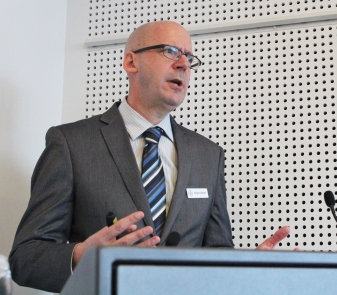Raising the profile of agricultural science at ABIC 2015
The KCA member base came together at the Agricultural Bioscience International Conference (ABIC) on Monday 7 September to showcase Australian and New Zealand Agricultural R&D.
The session was kicked off with some ag science trivia, and it turns out, that many of use weren’t very knowledgeable as to the origins of some of this country’s inventive contributions to the field of agriculture.
Just to prepare you for your next trivia/quiz night:
- The Stump Jump Plough was invented in 1876 by Richard and Clarence Bowyer Smith
- Mechanical Sheep Shears were invented by Frederick Wolseley in 1887
- The wine cask was brought to us by Angove’s Wines in 1965
- 1973 saw the release of the Pink Lady apple, developed by the Department of Agriculture and Food, Government of Western Australia
- IVF Embryo Freezing was developed by Monash University and the Royal Women’s Hospital Victoria in 1983 (used for both human and animal reproduction)
- No Gall Pest Control hit the shelves in 1989 and was developed by the University of Adelaide
- CSIRO released Bollgard II Cotton in 2003
Next we were privy to a detailed snapshot of the Australian and New Zealand agricultural R&D landscape provided by Dr Andrew Kelly from BioPacific Partners. We were happy to learn that both countries are great generators of innovation and make great partners for developing new technologies (despite what you might be reading in popular media). We rank top 5 globally for early stage entrepreneurship, we have strong IP protection, excellent Government support with generous R&D grants, and our labour force is among the most skilled and diverse in the world. Coupled with world class life science universities (7 are in the top 100 and we rank 7th globally for quality of research institutes), Australia and New Zealand are great places to do agricultural research.
Richard Dickmann from Bayer CropScience gave some poignant advice around research and business collaborating, and reminded us that leveraging R&D was a two-way flow of investment and IP, and that collaboration requires a clear focus, time and dedicated commitment. There are opportunities to be had; our unique environment provides specific skills & opportunities, but thought needs be given to the organisation’s goals and objectives, and the right partner needs to be considered to ensure the best possible outcome for all parties involved.
It was clear that a lot is happening in agricultural research across the region. Many of our top research organisations have developed novel technologies which can be applied to improve processes within business, or can be engaged around a capability to help develop a tailor made solution to address an area of concern. Our research organisations have a proven track record in assisting the agricultural sector, and have contributed with new plant varieties, animal breeding technologies, animal vaccines, plant disease and pest protection and even rabbit control. A snapshot of some of the newer technologies, capabilities and services available were showcased during the session:
“Drones in agriculture – hype or tool?”
Dr Steve Harwin, The University of Tasmania
e: stephen.harwin@utas.edu.au
p: 03 6226 2703
“Breeding alternative species for challenging grazing systems”
Dr Rowan Smith, The University of Tasmania
e: rowan.smith@utas.edu.au
p: 03 6336 5351
“Novel Drugs for Cryptosporidiosis in Animals”
Rolee Kumar, Murdoch University
e: r.kumar@murdoch.edu.au
p: 08 9360 2076
“New Legume with potential to turn sandy soils into productive land”
Rolee Kumar, Murdoch University
e: r.kumar@murdoch.edu.au
p: 08 9360 2076
“Agricultural Nanotechnology: Platform to Paddock”
Duncan Ferguson, UniQuest Pty Ltd
e: d.ferguson@uniquest.com.au
p: 07 3365 4882
“The Australian Synchrotron – Shining New Light on Industry Challenges”
Kerry Hayes, Australian Synchrotron
e: kerry.hayes@synchrotron.org.au
p: 03 8540 4232
“MLA Donor Company: Partnerships in Innovation”
Skye Richmond
e: srichmond@mla.com.au
p: 02 9463 9333
As was demonstrated during this session, it doesn’t matter if the need is technical, operational or something completely left field, there is a good chance that there is a research team somewhere in Australia or New Zealand that can be engaged to help address the issue.
KCA would like to thank the Department of Industry and Science for supporting this event, our session speakers for giving wonderful presentations, and the organisers of ABIC for allowing us to participate in this year’s program.





One comment